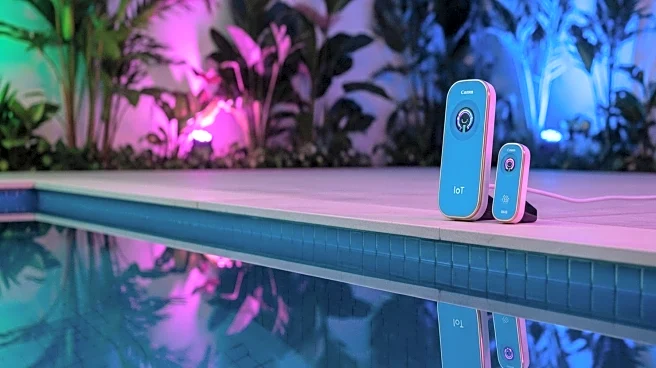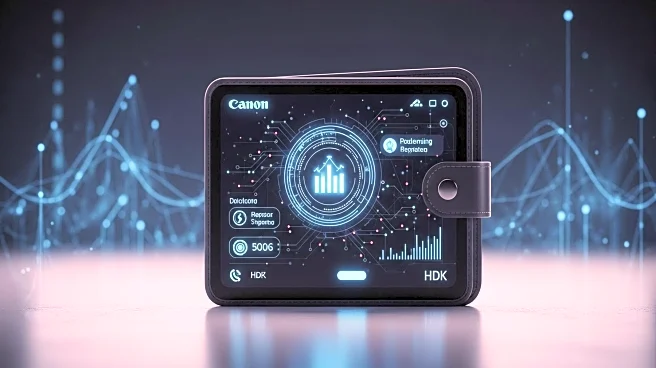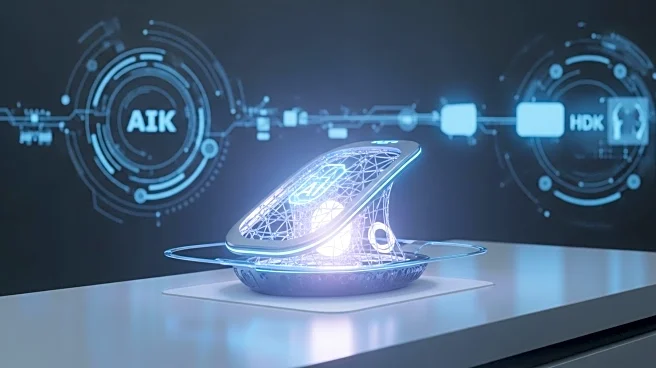What's Happening?
A team at the University of Stuttgart has developed an innovative interface called GuitarPie, which allows guitarists to interact with a computer using their instrument. This system is integrated into a music-learning program named TabCTRL, which utilizes a pie menu that can be controlled by playing specific notes on a guitar. The interface listens for a particular note to activate the menu, and selections are made by playing adjacent notes. This setup is designed to help guitar players learn music without needing to remove their hands from the instrument. The program is open source, with plans to release the code on GitHub by the end of October. The system requires no modifications to the guitar or computer, only a microphone to capture the notes.
Why It's Important?
This development is significant as it merges traditional music playing with modern technology, offering a new way for musicians to engage with digital interfaces. By allowing guitarists to control software through their instrument, it enhances the learning experience and could potentially revolutionize music education. The open-source nature of the project encourages further innovation and adaptation by the community, potentially leading to broader applications beyond music learning. This could benefit both amateur and professional musicians by providing a more intuitive and immersive way to interact with music software.
What's Next?
The release of the GuitarPie and TabCTRL code on GitHub will likely spur interest and experimentation within the tech and music communities. Developers and musicians may collaborate to expand the functionality of the system, possibly integrating it with other music software or adapting it for different instruments. The success of this project could inspire similar innovations, leading to a new wave of music technology that bridges the gap between traditional playing and digital interaction.
Beyond the Headlines
The GuitarPie project highlights the potential for technology to enhance creative expression without replacing traditional methods. It raises questions about the future of music education and how technology can be used to support rather than supplant human creativity. This development also underscores the importance of open-source projects in fostering innovation and collaboration across disciplines.










